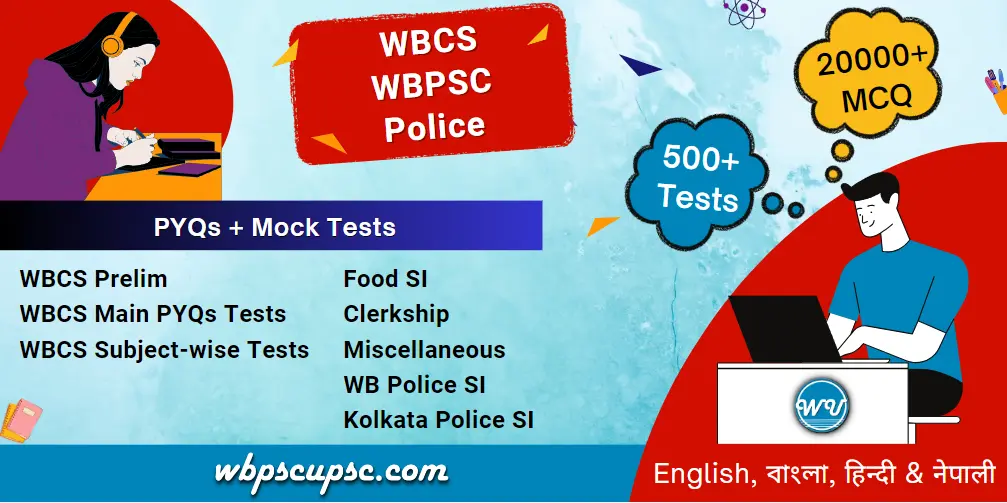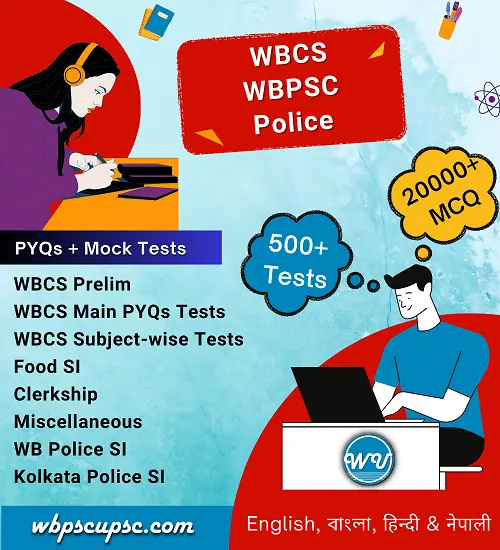March 24, 2019
Political Parties in India
Contents
- Political parties are voluntary associations or organized groups of individuals.
- They share the same political views and try to gain political power through constitutional means
- They must desire to work for promoting the national interest.
- There are 4 types of political parties in the modern democratic states
- Reactionary parties which cling to the old socio-economic and political institutions
- Conservative parties which believe in the status-quo
- Liberal parties which aim at reforming the existing institutions
- Radical parties which aim at establishing a new order by overthrowing the existing institutions
- Classification of political parties on the basis of ideologies
- Radical parties on the left
- Liberal parties in the centre
- Reactionary and conservative parties on the right
- In India, the CPI and CPM are the examples of leftist parties, Congress of centrist parties and the BJP is an example of rightist parties.
- There are 3 kinds of party systems in the world
- One party system – only one ruling party exists and no opposition is permitted, Ex – China
- Two-party system in which two major parties exists, Ex – USA and Britain
- Multi-party system, Ex – India, France, Switzerland
Multi-Party System in India
- Reasons for large number of political parties
- Continental size of the country
- Diversified character of Indian society
- Adoption of universal adult franchise
- Peculiar type of political process
- India has the largest number of political parties in the world.
- On the eve of 17th Lok Sabha general elections (2019), there were
- 7 national parties
- 48 states parties
- 1593 registered – unrecognized parties in the country
- The number of recognized parties keeps on changing on the basis of their performance in the general elections.
- The national parties and state parties are also known as all-India parties and regional parties respectively.
Recognition of National & State Parties
- Election Commission registers political parties for the purpose of elections.
- EC grants them recognition as national or state parties on the basis of their poll performance.
- The other parties are simply declared as registered unrecognized parties.
- Recognized parties have certain privileges like
- Allocation of the party symbols
- Access to electoral rolls
- Time for political broadcasts on the state-owned television and radio stations
- Need only one proposer for filing the nomination
- 40 “star campaigners” during the time of elections
- The registered–unrecognized parties are allowed to have 20 “star campaigners”
- The travel expenses of these star campaigners are not included in the election expenditure of the candidates of their parties.
- Each national party is allotted a symbol exclusively reserved for its use throughout the country.
- Every state party is allotted a symbol exclusively reserved for its use in the state or states
- A registered-unrecognized party, on the other hand, can select a symbol from a list of free symbols.
Conditions for Recognition as a National Party
- National party, need to fulfill one of the flowing conditions
- 6% votes in any 4 or more states at Lok Sabha or legislative assembly election, and 4 seats in the Lok Sabha from any state or states
- If it wins 2% of seats in the Lok Sabha election from 3 or more states
- If it is recognized as a state party in 4 states
Conditions for Recognition as a State Party
- State party, need to fulfill one of the flowing conditions
- 6% votes in legislative assembly election, and 2 seats in the assembly
- 6% votes in the state at Lok Sabha election, and 1 seat in the Lok Sabha from the state
- 3% or 3 seats in legislative assembly election, whichever is more
- 1 seat for every 25 seats or any fraction allotted to the state at Lok Sabha election
- 8% votes in Lok Sabha election from the state or in legislative assembly of the state
- Last one condition was added in 2011


